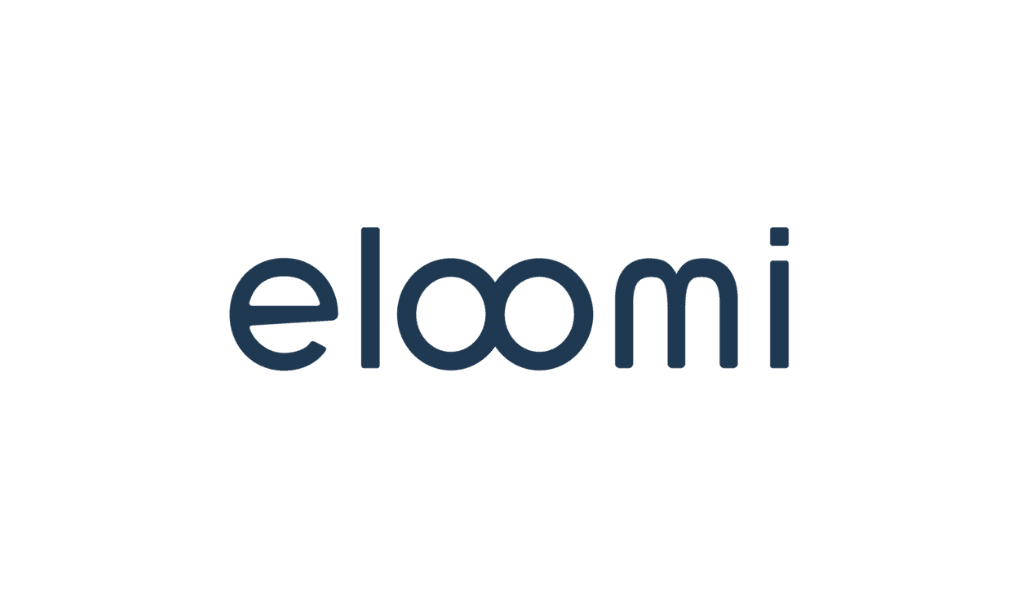Driven by data and employee feedback, a technology company launched a new framework to reduce its attrition by 14%.
By Lisa Lesko
The modern job market is constantly changing, as characterized by economic uncertainty and the aftershocks of The Great Resignation, when companies in the United States witnessed a surge in employee turnover from 2021 to 2022. Attrition rates, traditionally viewed as a natural ebb and flow in the employment cycle, took on a new urgency. Companies found themselves grappling with attrition rates that were significantly higher than the norm, with skilled professionals leaving for greener pastures, better incentives, or, in some cases, opting out of the workforce altogether. This posed a dual challenge: Not only did organizations face the task of replacing lost talent, but they also needed to address the underlying causes prompting employees to seek opportunities elsewhere, going beyond higher salaries organizations couldn’t afford, and getting to the root issue—lack of connection and employee engagement.
Economic uncertainty only compounded the challenges. Technological consolidation and the need for companies to adapt rapidly to the changing landscape led to restructuring, mergers, and layoffs. Such organizational shifts not only fueled employee apprehension but also created an atmosphere of instability. Navigating this turbulent terrain, leaders found themselves at the forefront, seeking strategies to not only weather the storm but to fortify their organizations against further upheaval.
In the past year, IT companies in particular struggled with attrition around 27%. Bristlecone, one such company, embarked on a strategic journey to not only retain talent but also substantially enhance employee engagement. The imperative was not merely to react to the challenges, but to proactively identify and address the root causes of attrition. Bristlecone’s multifaceted approach, “HiNgage,” was driven by data, intentionality, and innovation, and ultimately reduced attrition to an impressive 13%.
The “HiNgage” Framework
Bristlecone’s approach to addressing attrition was rooted in a deep understanding of the underlying causes. Recognizing that attempting to solve every issue was akin to “boiling the ocean,” the company adopted a data-driven methodology. By leveraging engagement surveys, Bristlecone pinpointed critical issues affecting its workforce. The company understood that to effect meaningful change, it had to be proactive rather than reactive moving forward. The framework needed to address not just the issue of the moment, but also account for any issues the company may face moving forward. This required instituting a culture of listening, where the employees both felt heard and saw action being taken.
In being intentional about addressing specific pain points as soon as the issues were raised, Bristlecone demonstrated a commitment to creating a workplace that resonated with its employees. The company understood that the employee experience needed to be at the forefront of decision-making, and that the employee value proposition needed to be prominent in every move made rather than an afterthought. Through engagement surveys and other feedback mechanisms, Bristlecone ensured that its interventions were targeted and aligned with the genuine needs and aspirations of its workforce.
The Crucial Role of Managers
One of the key pieces of feedback that stood out from Bristlecone’s employee engagement surveys was the desire for stronger connections between employees and their direct managers. Recognizing the importance of this relationship, the company decided to transfer risk management ownership to the managers. The introduction of the “manager report card” was a transformative initiative that placed the responsibility on managers to assess and address the risk of employees leaving the organization by having one-on-one conversations with each employee and really listening to their concerns.
When it comes to creating a good company culture with a focus on employees, careful planning and authoritative execution is paramount. It’s a lot of work, but the benefits outweigh the effort.
This new manager report card system involved managers assigning red, amber, or green values to their team members, indicating the risk of them leaving the organization, with red being the most at risk and green meaning no risk at all. This not only made managers accountable to their teammates, but also ensured a proactive response to potential flight risks by addressing them early rather than after the fact. By empowering managers to take immediate action, Bristlecone created a more personalized and responsive approach to employee needs, fostering a culture of inclusion and support. It also ensured that employees who needed attention were receiving it, and that employees in the “green” were able to give valuable feedback about what was already working in the organization.
The Results
Bristlecone’s innovative initiatives yielded impressive and quantifiable results. The implementation of the manager report card led to the reversal of 166 resignations. Through the entire approach, Bristlecone was also able to achieve a 14% reduction in attrition, resulting in an overall 13% margin rather than the initial 27% they’d been faced with. Beyond these quantitative metrics, Bristlecone also witnessed an increase in its Glassdoor score, a testament to the company’s commitment to addressing issues and taking decisive action based on real employee concerns.
Through thoughtful engagement surveys and a proactive approach to employee satisfaction, Bristlecone achieved its highest-ever internal engagement score. The company’s dedication to not only identifying but also addressing the root causes of employee dissatisfaction fostered a positive workplace culture. This contributed to heightened morale, improved productivity, and a workforce that felt valued and heard.
As Bristlecone celebrates its success in mitigating attrition and boosting employee engagement, the company looks toward the future with a commitment to maintaining this positive momentum. The lessons learned over the turmoil of the past few years go beyond mere retention, and underscores the transformative power of proactive interventions in building a robust foundation of employee engagement within an organization.
When it comes to creating a good company culture with a focus on employees, careful planning and authoritative execution is paramount. It’s a lot of work, but the benefits outweigh the effort. This sentiment encapsulates the broader truth applicable to companies navigating the complexities of the modern workforce. Investing in employee engagement is not just a strategy for retention; it is an investment in the long-term success and sustainability of the organization.
Lisa Lesko is chief people officer at Bristlecone.















